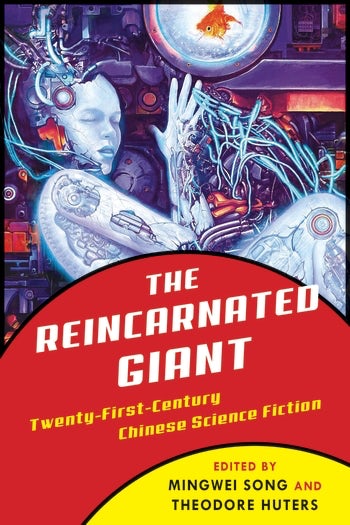Dung Kai-cheung on Atlas and History as Fiction
Dung Kai-cheung sets Atlas: The Archaeology of an Imaginary City in the long-lost City of Victoria (a fictional world similar to Hong Kong).
The novel, which fuses history and fiction is written from the unified perspective of future archaeologists struggling to rebuild a thrilling metropolis. Dung reimagines Victoria through maps and other historical documents and artifacts, mixing real-world scenarios with purely imaginary people and events while incorporating anecdotes and actual and fictional social commentary and critique.
In the book’s preface, Dung explains his “history as fiction” approach:
It is the task of literature to make visible the invisible. (Or, as is sometimes said, to articulate the unarticulated.) Curiously, in contrast to visual art forms like film, literature has a special capacity for rendering visibility. Words are nonvisual signs and many steps removed from the actual and the visible. By virtue of this removal, however, words invoke an imaginative power that is not bound by a photographic image. Telling and writing play on the dialectic between the visible and invisible, and that is the true meaning of “making visible.” This making is no less than the work of an artisan, in whose hands a world of objects is made and an abode of dwelling is built. What is more, it is not an abode of bricks and tiles but an abode of meanings.
It was in this spirit that I wrote Atlas, a verbal collection of maps. It was written and published in 1997, in the year the colony of Hong Kong was returned by its British rulers to become a Special Administrative Region under Chinese sovereignty. Nevertheless I chose not to write directly about the event or the contemporary situation in the narrow sense. The perspective was set in an unknown future time but with a retrospective, archaeological orientation, inquiring into the origin and the long-lost past of the city. The city is supposed to have vanished, and efforts are made by scholars to re-create its history through imaginative readings of maps and documents unearthed only recently. The city is literally rebuilt by relics and fragments, casting a shadow on the question of reality and authenticity and in turn making way for the introduction of fiction into the process of history making.
The claim of history as fiction may seem far-fetched, reductive, and nihilistic, but it has a special applicability to Hong Kong. Hong Kong is often called a borrowed place in a borrowed time. It’s a colonial and therefore biased view, but it’s not because of any doctrine of national sovereignty that I reject it. This doctrine holds that Hong Kong has never been a colony, since the unequal treaties between the Qing dynasty and the United Kingdom have never been recognized by the People’s Republic of China. It also claims that the saying no longer makes sense after Hong Kong’s return to its mother country. My rejection is instead from the perspective of a person who grew up in Hong Kong in its last colonial phase and continues to live here in the post-1997 era. I and many others like me simply don’t accept this description of the place where we live. Why? It’s because we belong to the space-time that is ours. Nobody lends it to us and we don’t borrow it from anybody.




1 Response